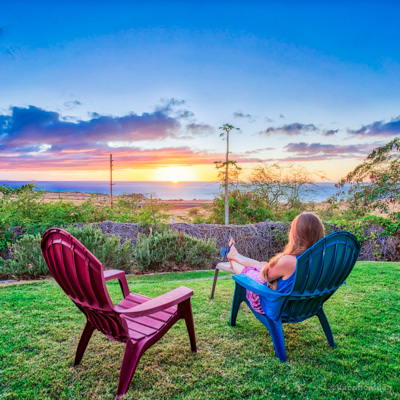Best Places to Visit in Maryland

Maryland is a state that blends coastal charm, rich history, and natural beauty, offering something for every type of traveler. From lively waterfront cities and historic landmarks to peaceful mountain escapes, Maryland is full of destinations worth exploring.
I’ve strolled along bustling harbors, explored charming small towns, and discovered scenic trails that showcase the state’s diverse landscapes. Whether you’re planning a family trip, a romantic getaway, or a weekend adventure, Maryland offers plenty of things to do and places to visit. Here are the ones I recommend, and I think you’ll enjoy them too.

1. Annapolis
Annapolis was an absolute gem, a coastal town overflowing with character, charm, and maritime history, and one of the best places to visit in Maryland. Its cobblestone streets, red-brick sidewalks, and rows of colonial-era buildings create a setting that feels like stepping back into the 18th century, while its lively waterfront hums with sailboats, seafood restaurants, and nautical shops.
After an easy drive east from Washington, D.C., I found myself in a place that balances stately history with breezy seaside energy... timeless, elegant, and unmistakably tied to the Chesapeake Bay.
During two nights at the boutique Annapolis Waterfront Hotel I walked around the bustling City Dock, and browsed through charming shops on Maryland Avenue. At HERE, I browsed tables of locally made jewelry, ceramics, and linen goods. The space was bright and full of life.
You can explore the U.S. Naval Academy’s historic campus, tour the grand Maryland State House (the oldest still in continuous legislative use), and make a moving stop at the Kunta Kinte–Alex Haley Memorial, which honors the African American experience and roots in the region.
- Location: Map & Directions
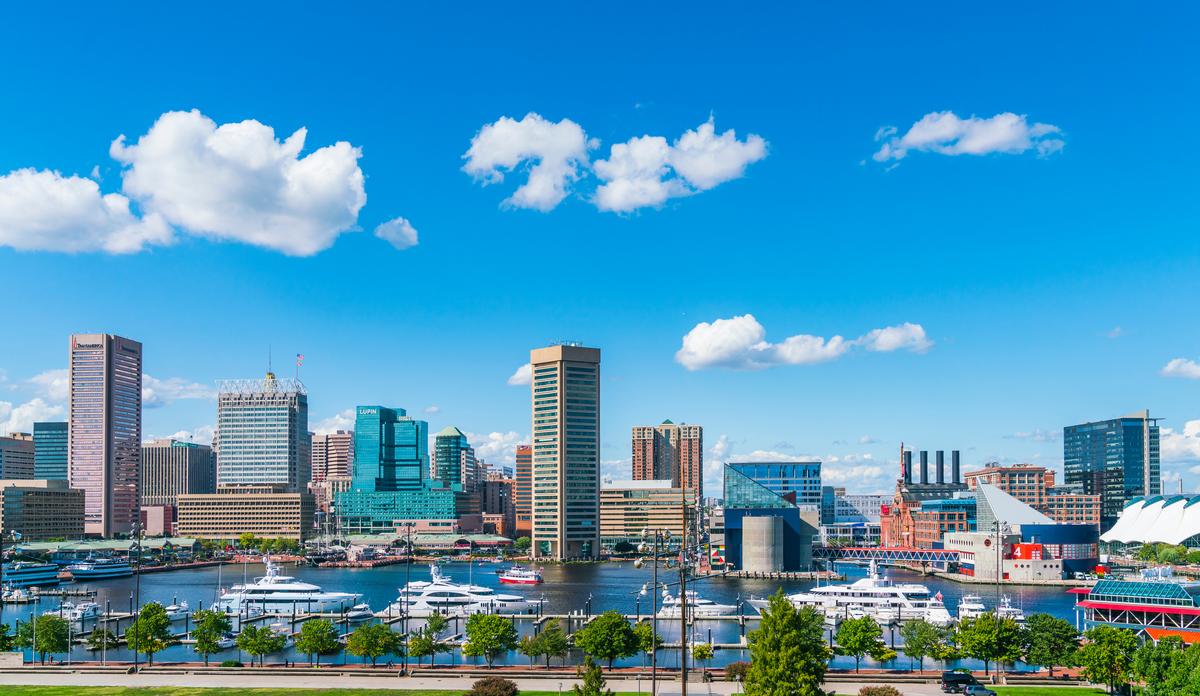
2. Baltimore
I thought Baltimore was one of the most fascinating and unexpectedly beautiful cities I’ve visited this month, a place of striking contrasts, where cobblestoned historic neighborhoods meet bold modern architecture, and a working harbor pulses alongside artsy enclaves.
Its leafy parks, 19th-century rowhouses, and vibrant waterfront all contribute to a city that feels both gritty and elegant, industrial yet creative. After about a 45-minute drive northeast from Annapolis, I arrived in a place that felt dynamic, layered, and proudly authentic, a city deeply rooted in history but constantly reinventing itself.
During two nights at the chic Sagamore Pendry Hotel in Fell’s Point, I strolled along the brick-lined Thames Street, toured the historic ships docked in the Inner Harbor, explored the galleries of the Baltimore Museum of Art, and admired the ornate Peabody Library, often called one of the most beautiful in the world. I also made a powerful stop at the Frederick Douglass–Isaac Myers Maritime Park, honoring African American maritime heritage.
- Location: Map & Directions

3. Hagerstown
Hagerstown was a delightful small city with a relaxed charm, where history and countryside blend beautifully. Nestled in the lush Hagerstown Valley and ringed by the Blue Ridge and Allegheny Mountains, it offers leafy neighborhoods, handsome Victorian homes, and a walkable downtown sprinkled with historic brick buildings, cozy cafés, and local shops.
After about a 1.5-hour drive northwest from Baltimore, I arrived in a place that felt inviting and unhurried – a crossroads of Civil War history, Appalachian landscapes, and small-town friendliness.
During two nights at the elegant Inn at Antietam just outside the city, I explored the fascinating Washington County Museum of Fine Arts in City Park, strolled along the tree-lined Hagerstown Cultural Trail connecting art installations to the arts district, and took a moving day trip to nearby Antietam National Battlefield. I also browsed vintage finds at the Pennsylvania Dutch Market and enjoyed a leisurely walk through the charming Jonathan Hager House and Museum, the stone home of the city’s founder.
- Location: Map & Directions
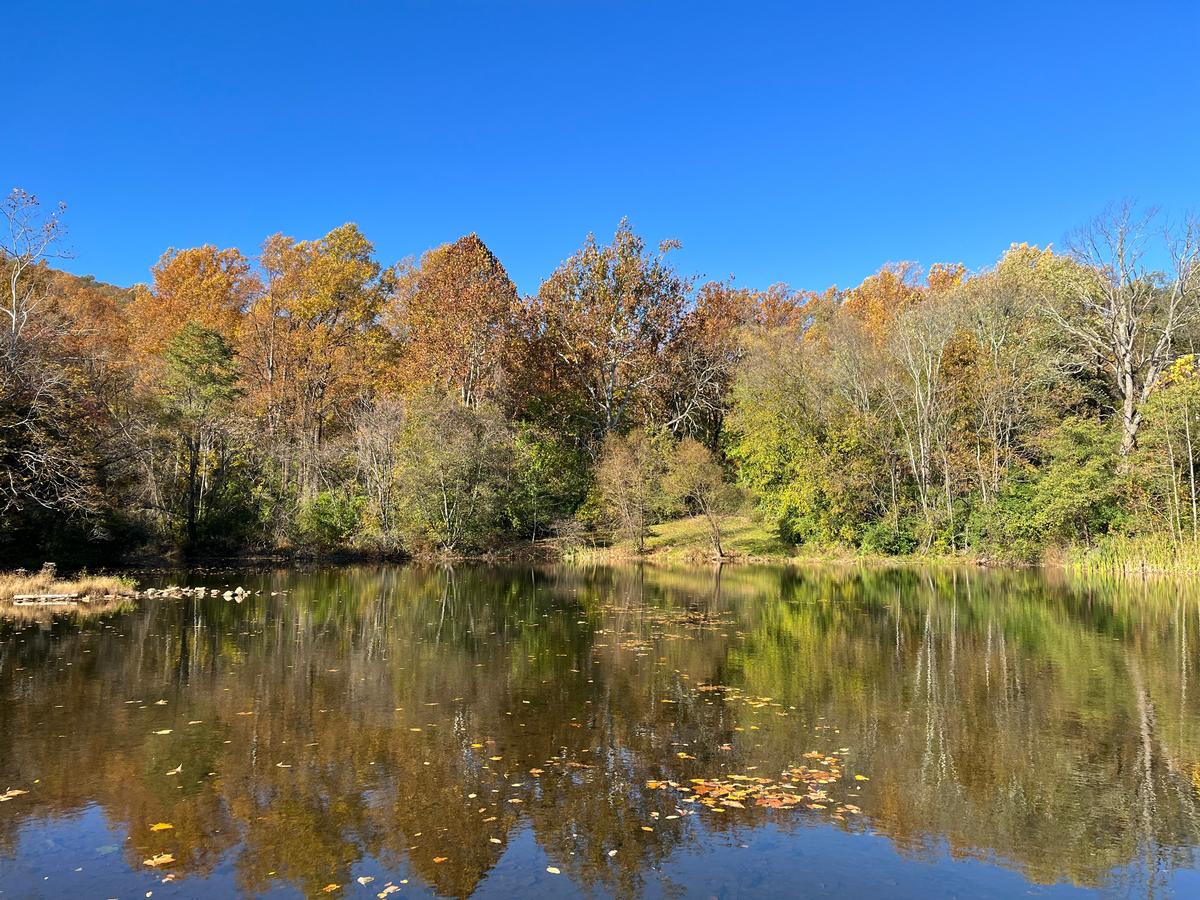
4. Thurmont
Thurmont was an enchanting little mountain town, where fresh air, forested hills, and a timeless Main Street create a sense of peaceful escape. Surrounded by rolling farmland and the Catoctin Mountains, its charm lies in its quiet beauty—white-steepled churches, small family-run shops, and easy access to some of Maryland’s most scenic natural landscapes.
After about an hour’s drive northwest from Baltimore, I arrived in a place that felt restorative and grounded, with an outdoorsy spirit and a down-to-earth small-town heart. During two nights at the cozy Ole Mink Farm Recreation Resort tucked into the woods, I hiked through Catoctin Mountain Park with its rocky overlooks and cascading streams, admired the stone arched bridges and covered picnic areas of Cunningham Falls State Park, and made a reflective visit to the nearby Camp David area (though of course, closed to the public, its presence is still part of the town’s identity).
- Location: Map & Directions
I also wandered along Thurmont’s historic Main Street and enjoyed the town’s laid-back pace, a personal highlight.

5. Berlin
I found Berlin to be one of the most charming small towns and one of the best places to visit on the Eastern Shore, a storybook place with tree-lined streets, Victorian architecture, and a downtown brimming with quirky shops, art galleries, and cozy cafés. Its historic district is beautifully preserved, with red-brick buildings, colorful storefronts, and a welcoming, walkable atmosphere that feels both timeless and creative.
After about a 2.5-hour drive southeast from Baltimore, I arrived in a town that felt vibrant yet nostalgic, a blend of coastal breeziness and small-town warmth.
During two nights at the Inn Berlin, a stylish boutique stay right off Main Street, I browsed antiques and artisan goods in the eclectic downtown shops, stepped inside the stately Atlantic Hotel (a centerpiece since 1895), and wandered through tree-shaded neighborhoods filled with 19th-century homes. I also took a short drive to nearby Assateague Island National Seashore, where wild ponies roam the beaches, and ended my days with sunset walks past Berlin’s murals and twinkling lamplights.
- Location: Map & Directions

6. St. Michaels
St. Michaels was one of the most idyllic waterfront towns on the Chesapeake Bay, a place where sailboats drift past clapboard houses, leafy lanes lead to boutique shops, and seafood shacks sit alongside elegant inns. You can enjoy its harbor views, colonial architecture, and maritime heritage give it a timeless, romantic atmosphere that feels equal parts refined and relaxed.
After about a 1.5-hour drive east from Annapolis across the Bay Bridge, I arrived in a town that felt breezy, genteel, and deeply tied to the rhythms of the water.
During two nights at the waterfront Inn at Perry Cabin, I toured the fascinating Chesapeake Bay Maritime Museum with its preserved lighthouse, wandered through the art-filled galleries and shops along Talbot Street, and admired the quiet beauty of the town’s harborfront parks. I also took a scenic boat ride into the Bay, passing coves dotted with herons and ospreys, and ended my evenings strolling along streets lined with flower-filled window boxes and historic brick sidewalks.
- Location: Map & Directions

7. Waldorf
I thought Waldorf was an intriguing blend of suburban bustle and historic roots, a place where busy shopping corridors and family-friendly neighborhoods are balanced by traces of Southern Maryland’s colonial past and nearby stretches of natural beauty. I caught a commuter bus from Washington, D.C. (about 50 minutes, $7). While its modern side shows up in sprawling retail centers and dining spots, its quieter corners reveal tree-lined parks, historic homes, and easy escapes into the surrounding countryside.
After about a 40-minute drive southeast from Washington, D.C., I arrived in a town that felt convenient and energetic yet still grounded in Maryland’s deeper story.
During two nights at the comfortable Hilton Garden Inn, I explored the Dr. Samuel Mudd House Museum just outside of town, where history came vividly alive, and took a scenic drive to Chapman State Park on the Potomac for peaceful river views. I also browsed local shops, enjoyed a walk through Regency Furniture Stadium (home of the Southern Maryland Blue Crabs baseball team), and used Waldorf as a jumping-off point for exploring Southern Maryland’s wine trail and colonial landmarks.
- Location: Map & Directions
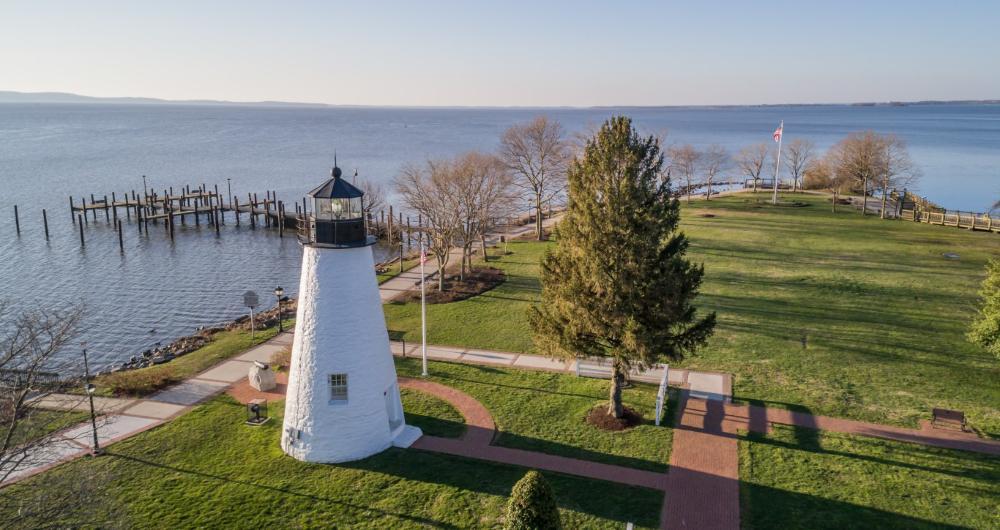
8. Havre de Grace
For me, Havre de Grace was one of Maryland’s most picturesque waterfront towns, a charming blend of maritime history, scenic boardwalks, and old-fashioned Main Street warmth. Nestled where the Susquehanna River meets the Chesapeake Bay, it feels breezy and timeless, with lighthouses, sailboats, and tree-shaded streets lined with 19th-century homes.
After about an hour’s drive northeast from Baltimore, I arrived in a place that felt welcoming and serene, with a relaxed coastal energy and a proud historic spirit.
During two nights at the cozy Vandiver Inn, I walked the Havre de Grace Promenade, a mile-long boardwalk tracing the shoreline, toured the Concord Point Lighthouse (the oldest continually operating lighthouse on the Bay), and explored the Decoy Museum, celebrating the town’s rich waterfowling heritage. I also browsed antique shops and art galleries downtown, admired murals that brighten the brick buildings, and spent a lazy afternoon watching herons and egrets along the quiet marshes.
- Location: Map & Directions
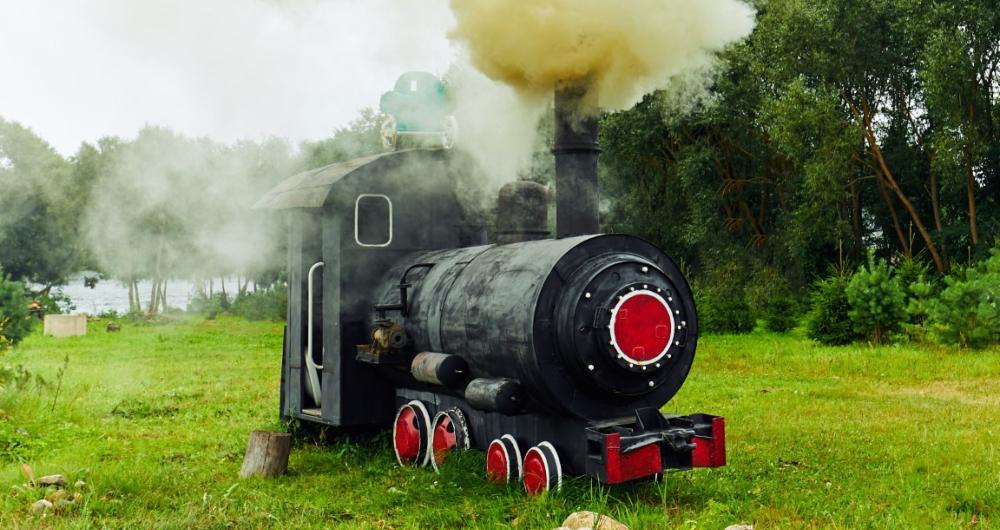
9. Cumberland
Cumberland is a fascinating small city with a proud Appalachian spirit – a place where mountains rise on every side, trains whistle through historic brick stations, and 19th-century architecture anchors a walkable downtown. Known as the “Queen City” of Maryland, it blends rich transportation history with outdoor adventure and an artsy, welcoming vibe.
After about a 2-hour drive west from Hagerstown through rolling hills and winding valleys, I arrived in a city that felt both historic and ruggedly beautiful, a gateway to the Alleghenies with a strong sense of identity.
During two nights at the charming Bruce House Inn, I explored the Western Maryland Scenic Railroad, toured the grand Emmanuel Episcopal Church, and strolled the pedestrian-friendly Historic City Center Mall lined with galleries and cafés. You can also bike a stretch of the Great Allegheny Passage trail, admire local art at the Cumberland Arts District, and wander through the Allegany Museum, which traces the region’s cultural and industrial story.
- Location: Map & Directions
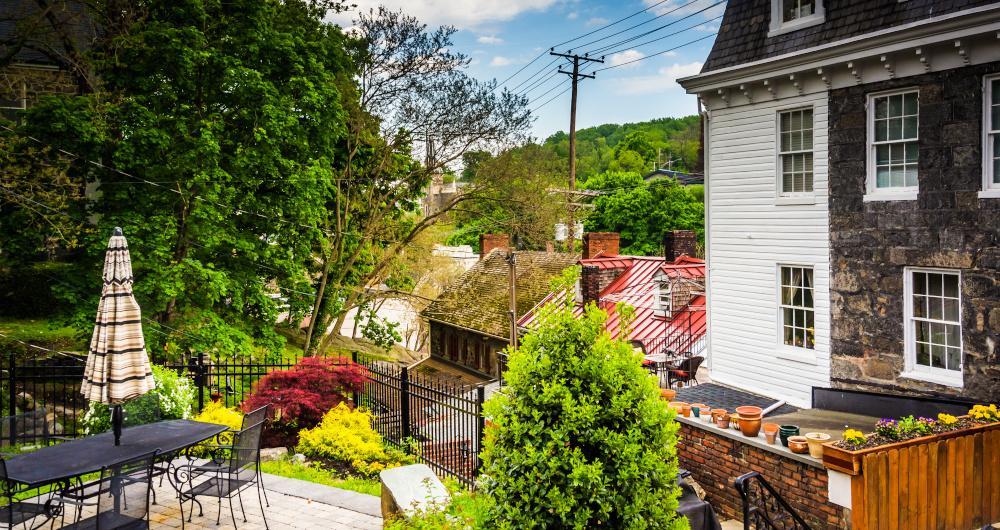
10. Ellicott City
Ellicott City was one of Maryland’s most atmospheric historic towns, a place of stone mills, winding hills, and cobblestone charm. Nestled along the Patapsco River, its Main Street curves through a deep valley lined with 18th- and 19th-century buildings now housing antique shops, boutiques, cafés, and art galleries. The mix of rugged industrial history and cozy small-town warmth makes it unforgettable.
After just a 25-minute drive west from Baltimore, I arrived in a town that felt timeless and full of character – steep streets shaded by trees, old stone bridges crossing the river, and a creative, community-driven spirit that breathes life into its historic core.
During two nights at the elegant Wayside Inn nearby, I browsed antiques and quirky shops along Main Street, stepped inside the B&O Railroad Museum: Ellicott City Statio, the oldest surviving railroad station in the U.S., and admired the craftsmanship of the Thomas Isaac Log Cabin, a preserved 18th-century home. I also walked along the scenic Patapsco Valley State Park trails, where rushing water and leafy ravines provided a natural counterpoint to the town’s built history, and ended my evenings with live music and a glass of local craft beer at a welcoming tavern.
- Location: Map & Directions

11. Chesapeake City
Chesapeake City was a hidden gem on the C&D Canal, a small waterfront town with a quaint, storybook feel. Its brick streets, 19th-century storefronts, and brightly painted houses overlook the canal, where tugboats and ships quietly glide past, giving the town a sense of both intimacy and grandeur. With its pedestrian-friendly historic district and easy pace, it felt like stepping into another era, softened by waterfront breezes.
After about an hour’s drive south from Wilmington, I arrived in a place that felt charming and serene, where maritime life, small-town hospitality, and historic preservation come together beautifully.
During two nights at the elegant Inn at the Canal, I strolled along the waterfront promenade, toured the C&D Canal Museum to learn about this vital 19th-century waterway, and browsed through antique shops and galleries clustered along Bohemia Avenue. I also admired the historic homes with their front porches draped in flowers, and took in the views from Pell Garden.
- Location: Map & Directions
We ended our evenings watching the lights of passing ships reflect on the canal, a personal highlight.

12. Assateague Island National Seashore
Once you visit, I think you'll agree that Assateague Island National Seashore is one of the most magical places on the East Coast, a wild stretch of barrier island where windswept dunes, salt marshes, and endless beaches meet the unforgettable sight of wild ponies grazing along the shore. The air smelled of sea spray and pine, the waves rolled rhythmically, and the wide-open skies gave every moment a sense of freedom and timeless beauty.
After about a 20-minute drive from Berlin, I arrived at a place that felt elemental and untamed – part coastal wilderness, part living postcard, with landscapes that shift constantly with the tides and seasons.
During two nights of camping beneath the stars, I walked along the Life of the Dunes and Life of the Marsh trails, kayaked through quiet coves alive with herons and osprey, and strolled the wide, windswept beaches where the ponies wander freely.
- Location: Map & Directions
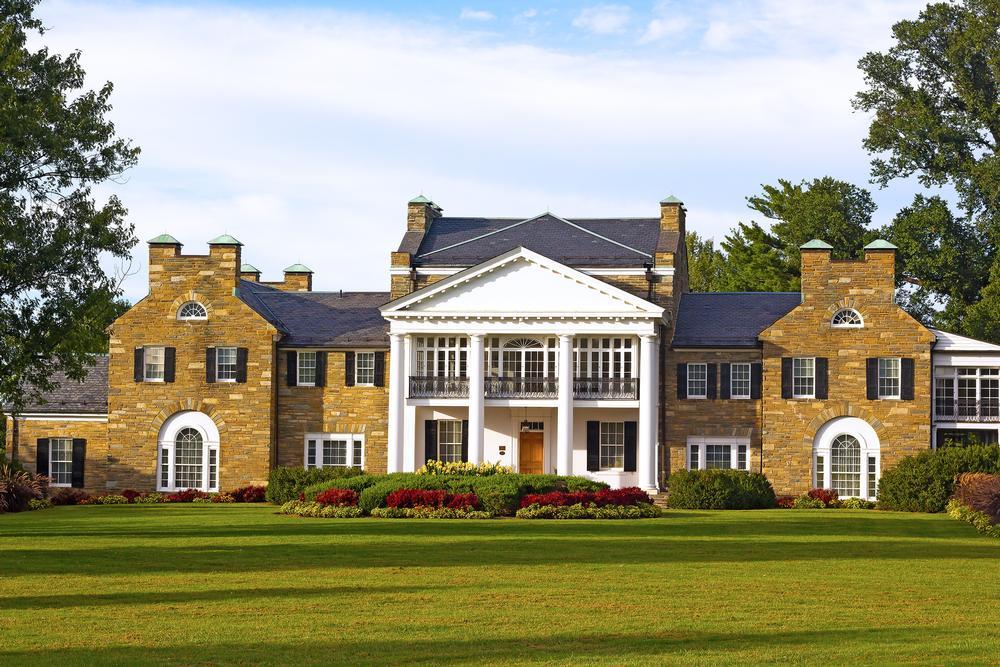
13. Rockville
Rockville was an engaging mix of modern energy and historic character – a suburban hub where sleek government buildings and shopping plazas are balanced by leafy parks, colonial-era landmarks, and a vibrant town square. It felt both cosmopolitan and welcoming, with a sense of community that comes through in its walkable center, local markets, and cultural festivals.
After just a 30-minute drive northwest from Washington, D.C., I arrived in a city that felt polished yet approachable, a crossroads of history and progress in the heart of Montgomery County.
During two nights at the Cambria Hotel Rockville, I explored Rockville Town Square, with its lively restaurants and evening concerts, toured the Beall-Dawson House and Museum for a glimpse of Rockville’s early 19th-century roots, and strolled through leafy Rock Creek Regional Park, where wooded trails and lakes made the city feel far away. I also browsed the shops and galleries at Pike & Rose, admired the 18th-century St. Mary’s Catholic Church where F. Scott Fitzgerald is buried, and enjoyed the easy rhythm of a city that balances work, life, and leisure so gracefully.
- Location: Map & Directions

14. Catoctin Mountain Park
Catoctin Mountain Park was one of Maryland’s most peaceful escapes, a mountain sanctuary of dense forests, tumbling streams, and rocky overlooks that feel worlds away from the bustle of nearby cities. With its mix of hardwood groves, wildflowers, and historic cabins, it offered a sense of quiet retreat and timeless natural beauty.
After just a 10-minute drive from Thurmont, I arrived in a place that felt grounding and restorative, where every trail seemed to open to a sweeping vista or a mossy glen, and the cool mountain air carried the scent of pine and earth.
You can hike to the Chimney Rock overlook, follow the peaceful Cunningham Falls Trail, and explore the preserved stone structures of the Catoctin Furnace Historic Village. I also wandered the park’s quieter paths in the early morning, watching deer move through the misty woods and listening to birdsong echo between the ridges.
- Location: Map & Directions

Conclusion
Exploring Maryland has shown me just how many amazing and underrated places are tucked into this spectacular state.
Each destination gave me joyful, exciting, and unforgettable experiences, whether it was a romantic getaway, a family trip, or just a weekend escape.
For me, the absolute best part of traveling through Maryland is discovering how much variety, beauty, and vibrant culture exists right here so close together.
No matter where you go in this state, there’s always something cool, unusual, and special waiting to be explored.
Booking Checklist
1. Book Your Flight - I use Expedia because I like their mobile app with my itinerary. They've helped me re-book flights on many occasions. Once you reach their Gold tier, support is especially good.
2. Book Your Hotel - I use Booking.com or Expedia, depending on my destination.
3. Book Your Rental Car - I use Expedia.
4. Book your tours on Viator or Get Your Guide.
